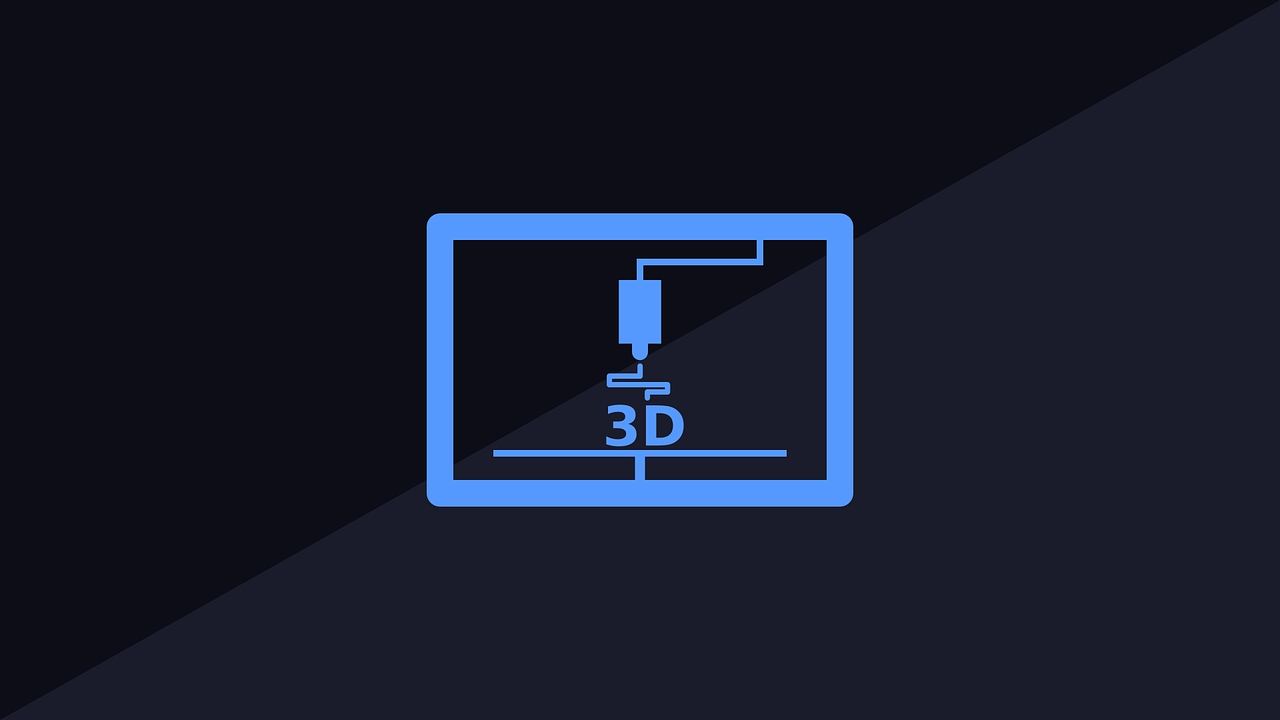Scientists of the Forecast Laboratory of the P. Hertsen MORC together with 3D Bioprinting Solutions conducted a unique experiment on skin implant bioprinting to replace skin defects.
The experiment was carried out in situ during the operation in the laboratory of preclinical studies of the P.A. Herzen MORC, a branch of NMRRC, Ministry of Health of Russia. Scientists conducted studies on rats for several weeks. Bioprinting was performed directly onto the skin defect (wound) by a KUKA robotic manipulator. A collagen hydrogel, specially developed by the 3D Bioprinting Solutions laboratory, part of the INVITRO group of companies, was used as bio ink.
The technology combines surgical robotics and 3D bioprinting. Special robotic hands allow to print not only on horizontal surfaces, but also to fill tissue defects of irregular shape at the right angle.
In situ bioprinting minimizes the risks of complications after transplantation. This method seems perspective as it allows to prevent implant vascularization. The native recipient endothelial progenitor cells, involved in the blood vessels formation, migrate into the printed tissue, and capillaries sprout from the tissue surrounding the defect.
The experiment was the first step towards the implementation of bioprinting technology into the operating room for further use for humans. In the future, this will allow to 3D print tissue-engineered skin constructs directly at the site of defect in the particular organ and will significantly expand the range of bioprinting technology applications as it will help avoid the need to grow constructs in specialized bioreactors and incubation systems.
“Of course, this technology will be implemented for the oncology treatment first of all. The level of surgical interventions development, a huge range of precision irradiation methods and chemotherapy and targeted drugs allow to cure a large number of cancer patients, but the quality of life after such aggressive treatment is unsatisfactory due to loss or impairment of organ function. In this aspect, we have great hopes for 3D bioprinting as a technology for creating organ constructs from living elements,” said Andrey Kaprin, Academician of the Russian Academy of Sciences, General Director of the Federal State Budgetary Institution Scientific Research Center for Radiology.
“Bioprinting is the breakthrough research in modern bioengineering. In this experiment we combine the capabilities of robotics, 3D bioprinting and advantages of our patented collagen product for a potential revolution in operating rooms where surgeons can be assisted by robots which create 3D tissue-engineered organs in real time. In the future, regenerative medicine technology will allow to 3D print tissue-engineered skin constructs directly at the site of a defect in the particular organ,” said Yusef Khesuani, Managing Partner of 3D Bioprinting Solutions.
“Medicine should use the advanced achievements of science for the benefit of people. It is impossible without support, and we are ready to provide assistance because technologies allow to implement the best theoretical developments in a short time. It can be done in Russia thanks to the achievements of Russian scientists. That is why the investment interest of our company is always focused on the brightest and breakthrough projects, including 3D Bioprinting Solutions,” commented Alexander Ostrovsky, Founder of INVITRO, CEO.
Want to try and start your own 3D printing operation? Check out this industrial dual extrusion 3D printer. Creatbot D600 is a stable and highly durable 3D printer, which will allow you to print the most detailed souvenirs and museum replicas!
If you’re interested in 3D printing, but don’t know where to start, check out this buyer’s guide. It’ll help figure out what machine you need.
